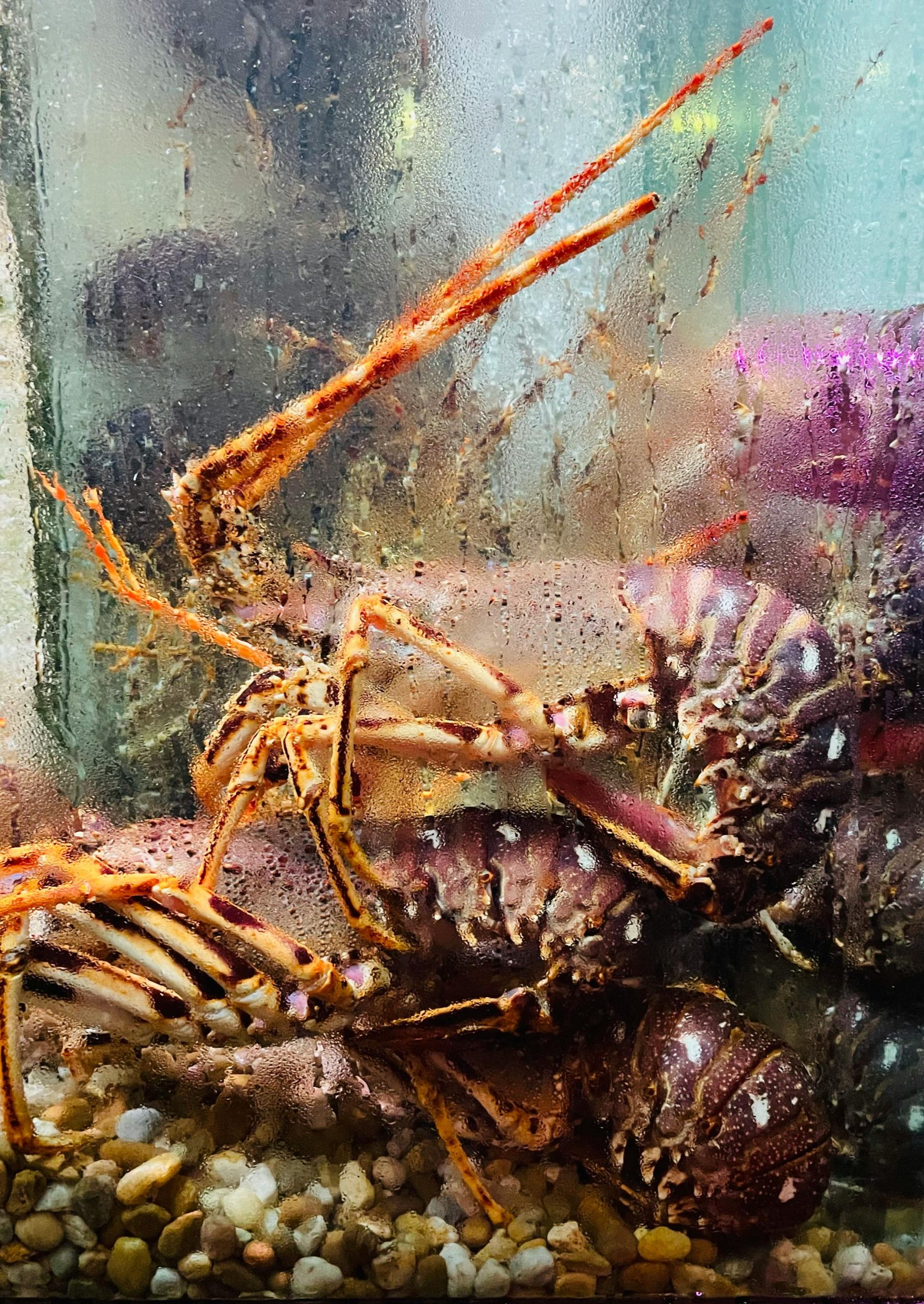Table of Contents
![]()
I. Introduction
Aquarium enthusiasts often seek diverse and captivating species to enhance their aquatic displays, and crayfish and lobsters are no exception. These crustaceans, known for their unique appearances and behaviors, offer a fascinating glimpse into the underwater world. Crayfish and lobsters, though similar in some respects, belong to different environments and exhibit distinct characteristics that make them intriguing subjects for aquarium hobbyists.
II. Taxonomy and Classification
Crayfish, also known as crawfish or crawdads, belong to the order Decapoda and are primarily classified under the family Astacidae. Common species include the Red Claw Crayfish (Cherax quadricarinatus) and the Dwarf Crayfish (Cambarellus spp.). Crayfish are typically found in freshwater environments and are recognized for their ability to adapt to a variety of habitats.
Lobsters, on the other hand, are part of the order Decapoda as well but fall under the family Nephropidae. Notable species include the American Lobster (Homarus americanus) and the European Lobster (Homarus gammarus). Lobsters are marine crustaceans that inhabit rocky and sandy ocean floors.
III. Habitat and Natural Environment
Crayfish are predominantly freshwater dwellers, residing in streams, rivers, and lakes. They thrive in environments with clean, well-oxygenated water and a substrate that allows for burrowing or hiding. Key environmental needs include stable water temperature, typically ranging from 18-24°C (64-75°F), and proper filtration to maintain water quality.
In contrast, lobsters inhabit marine environments such as rocky bottoms and coral reefs. They prefer saltwater conditions and require environments with ample hiding places such as crevices and under rocks. Water temperature and salinity are critical for lobsters, with temperatures generally between 6-18°C (43-64°F) and salinity levels consistent with seawater.
IV. Behavior and Social Structure
Crayfish are known for their territorial nature and can exhibit aggressive behavior, especially when competing for resources or during mating. They are also known to engage in complex interactions during molting, where they shed their exoskeleton to grow. This period is crucial as crayfish are particularly vulnerable to predators during this time.
Lobsters also display territorial behaviors, often establishing and defending their shelters against other lobsters. Their interactions can be marked by aggressive encounters, particularly during the molting process. Lobsters’ social structure is less complex than that of crayfish, but competition for resources and shelters can lead to significant conflicts.
V. Aquarium Setup
For crayfish, the ideal aquarium setup includes a tank with a minimum size of 20 gallons, providing ample space for movement and territorial establishment. A substrate of gravel or sand is preferable, and the tank should be equipped with a filter to maintain water quality. Crayfish are generally best kept with other species that are large enough not to be considered prey and that do not exhibit aggressive behaviors themselves.
Lobsters require a larger tank due to their size and activity levels. A minimum tank size of 50 gallons is recommended, with features such as rock formations and hiding spots to mimic their natural habitat. Filtration and water circulation are crucial to replicate the oceanic conditions lobsters need to thrive. Compatibility with tank mates is more limited, as lobsters can exhibit aggressive tendencies toward smaller or less robust species.
VI. Feeding and Nutrition
Crayfish are omnivorous and will consume a variety of foods, including algae, detritus, and small invertebrates. In captivity, their diet can be supplemented with commercial pellets, live or frozen foods such as bloodworms and brine shrimp. Regular feeding should occur every 2-3 days to ensure optimal health.
Lobsters are carnivorous and primarily feed on other marine organisms. In an aquarium setting, their diet should include high-quality protein sources such as shrimp, fish, and specially formulated lobster food. Feeding should be done several times a week to accommodate their nutritional needs and to support their growth and molting process.
VII. Breeding and Reproduction
Crayfish have a well-documented breeding cycle, with females carrying fertilized eggs under their tails until they hatch. The larvae are initially planktonic before settling to the bottom and undergoing a series of molts as they grow. Raising crayfish fry in an aquarium setting requires specific conditions, including proper water quality and adequate hiding places.
Lobster reproduction involves a complex mating process where females carry fertilized eggs attached to their swimmerets. The eggs hatch into larvae that drift in the ocean before settling on the seabed. In captivity, raising lobster larvae is challenging due to their need for specific environmental conditions and the difficulty of replicating their natural developmental stages.
VIII. Common Issues and Diseases
Crayfish are susceptible to various diseases, including fungal infections and parasites such as gill flukes. Regular water changes, maintaining good water quality, and proper diet are essential for preventing disease. Treatment options may include medication and adjusting tank conditions to alleviate stress.
Lobsters can suffer from shell disease, a bacterial infection that causes lesions on the exoskeleton, and other bacterial infections. Ensuring optimal water conditions, providing a nutritious diet, and minimizing stress are key to preventing these issues. Treatment may involve antibiotics and improving tank conditions.
IX. Conservation and Ethical Considerations
Crayfish, especially invasive species, can impact natural ecosystems by outcompeting native species and altering habitats. Conservation efforts focus on managing invasive populations and preserving native species and habitats.
Lobsters face threats from overfishing and habitat destruction. Sustainable fishing practices and marine conservation efforts aim to protect lobster populations and their habitats. Responsible aquarium keeping includes sourcing lobsters from sustainable fisheries and ensuring that their care in captivity mimics their natural conditions as closely as possible.
X. Conclusion
Crayfish and lobsters bring unique qualities to aquarium setups, each requiring specific care and attention to thrive. Understanding their natural behaviors, habitat needs, and dietary requirements is crucial for successful keeping. By adhering to best practices in aquarium management and supporting conservation efforts, hobbyists can enjoy the beauty of these fascinating crustaceans while contributing to their preservation.
Share This





Be the first to comment